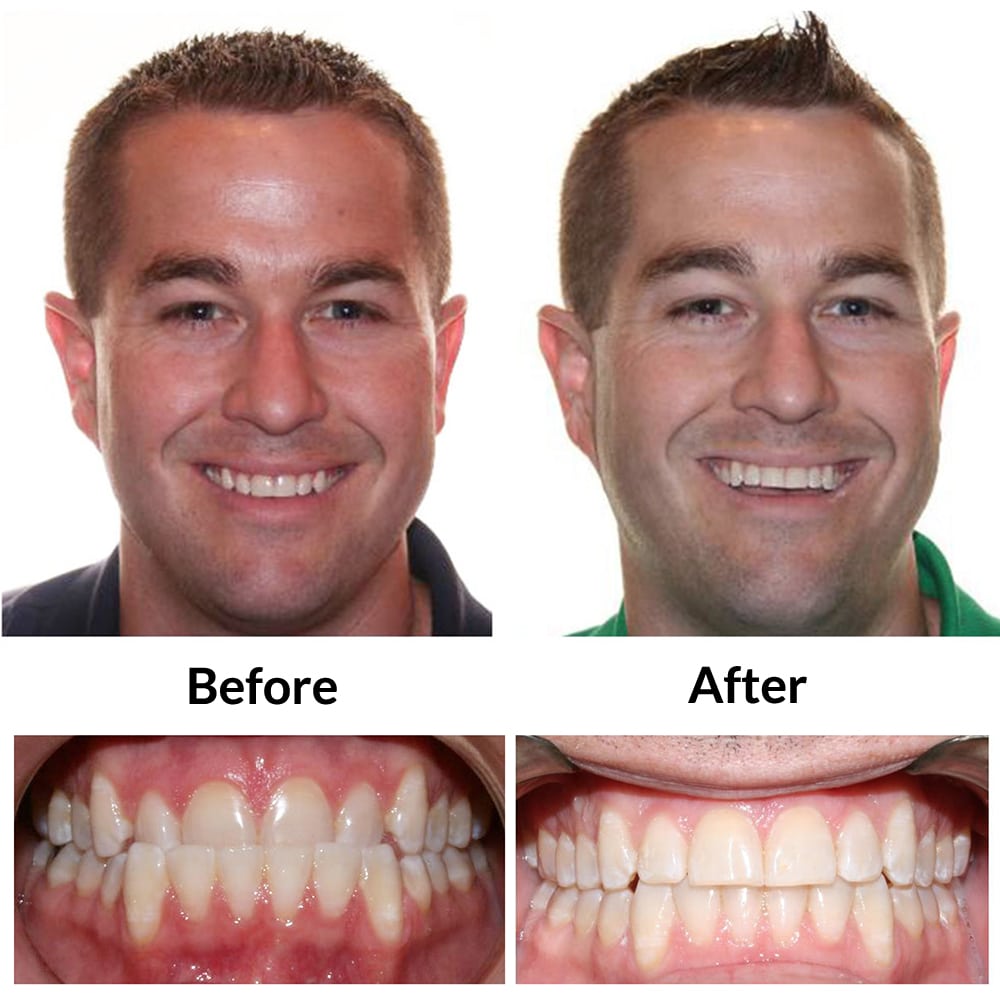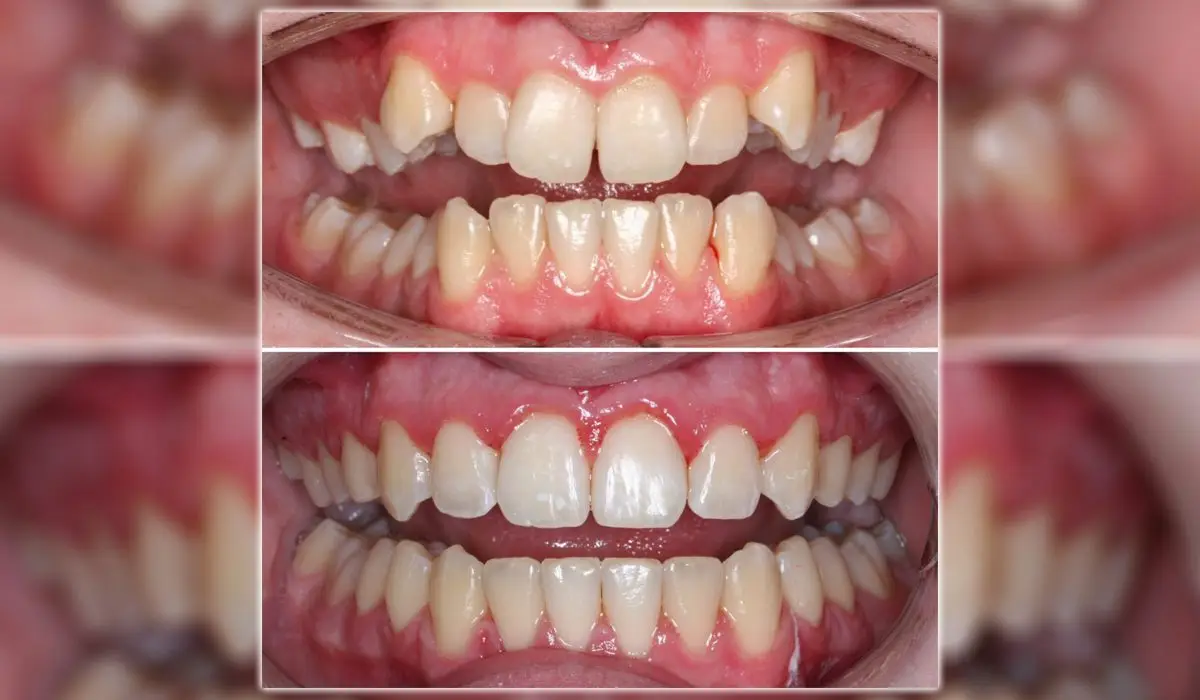Invisalign for Teenagers: A Modern Solution to Straightening Young Smiles
Invisalign for Teenagers: A Modern Solution to Straightening Young Smiles
Blog Article
Invisalign vs. Standard Dental braces: Which Option Is Right for You?
When taking into consideration orthodontic treatment, the option in between Invisalign and standard dental braces presents several crucial elements that merit careful evaluation. Invisalign uses a discreet choice with detachable aligners, while typical dental braces supply an extra noticeable yet efficient remedy for extreme imbalance. Each alternative incorporates distinctive advantages and downsides connected to appearances, convenience, treatment duration, and cost. Comprehending these nuances is essential for making a notified decision that aligns with your personal choices and lifestyle. The question continues to be: which alternative will ideal fulfill your orthodontic demands and assumptions?
Summary of Treatment Alternatives

On the other hand, standard braces consist of steel braces and cables that are adhered to the teeth. This method applies continual stress in time to attain alignment. While efficient for intricate orthodontic issues, standard dental braces require routine check outs for changes and can pose challenges in preserving dental health due to the problem of cleaning up about braces and wires.
Both choices have their merits, and the choice typically rests on specific dental conditions, way of living choices, and patient compliance. Eventually, consulting an orthodontic expert is critical for identifying one of the most ideal treatment plan customized to private demands. Understanding the nuances of each choice can significantly affect the total success of orthodontic therapy.
Aesthetic Considerations
A considerable element influencing the option between Invisalign and standard braces is the visual allure each treatment offers. Invisalign aligners are crafted from clear plastic, making them essentially unnoticeable when put on. This discreet look is specifically appealing to young adults and grownups who may feel uneasy about their orthodontic treatment. The capability to preserve a natural smile throughout the placement procedure can considerably improve the patient's self-confidence in social and specialist settings.
In contrast, standard braces include metal braces and cables, which can be more obvious. While advancements in orthodontic innovation have caused the development of smaller braces and colored elastics, typical braces still preserve a more noticeable account. For some individuals, the visibility of braces might discourage them from looking for necessary therapy.
Ultimately, the option in between Invisalign and traditional dental braces might rest on personal choices concerning aesthetic appeals. People who prioritize discernment often lean toward Invisalign, while those who are much less worried about exposure might choose conventional braces. Recognizing the visual implications of each choice is vital for making an educated decision that aligns with one's way of life and choices.
Convenience and Convenience

In terms of benefit, Invisalign aligners are removable, making it possible for individuals to appreciate their favorite foods without constraint and keep ideal dental health. Brushing and flossing are simplified, as the aligners can be obtained throughout these routines, whereas typical dental braces require mindful navigating around cables and brackets.
In contrast, standard braces demand routine modifications, making them much less practical for those with busy schedules. Generally, the comfort and ease of Invisalign make it an enticing option for many people looking for orthodontic treatment.
Therapy Period and Efficiency
While both Invisalign and standard dental braces are efficient in dealing with dental imbalances, the duration of treatment can differ substantially in between the two alternatives. Commonly, Invisalign therapy can take anywhere from 12 to 18 months, depending on the intricacy of the case. The clear aligners function by gradually moving teeth right into their wanted positions, and normal follow-ups with an orthodontist help make certain development remains on track.
On the other hand, typical dental braces commonly need a longer commitment, generally varying from 18 months to 3 years. This results from their fixed nature and making use of wires and brackets, which can be much more efficient for complicated situations and serious misalignments (Invisalign). The treatment efficiency of conventional dental braces is well-documented, as they enable exact adjustments and anchor greater control over tooth motion
Eventually, the choice between Invisalign and standard dental braces may depend upon both the expected therapy period and the certain dental issues handy. Consulting with an orthodontist is critical, as they can give customized suggestions based on specific requirements, making sure the selected method straightens with preferred outcomes and timeframes.
Expense Comparison and Insurance Policy Choices
Cost plays a substantial function in the decision-making process for people thinking about orthodontic therapy, whether choosing for Invisalign or conventional dental braces. Generally, the cost of Invisalign varieties from $3,000 to $8,000, while conventional dental braces normally cost in between $2,000 and $6,000. Factors affecting these costs consist of the complexity of the instance, the duration of therapy, and geographical location.
Insurance policy coverage can dramatically affect out-of-pocket expenditures. Numerous oral insurance coverage strategies offer partial insurance coverage for orthodontic treatments, yet the specifics can vary extensively. It is essential for people to evaluate their insurance coverage to establish the extent of protection for either option. Normally, traditional dental braces might be extra often covered by insurance strategies contrasted to Invisalign, which some insurance companies categorize as an aesthetic view it now procedure.
In addition, a number of orthodontic techniques use flexible payment strategies, making both therapy options more easily accessible. Patients should ask about prospective funding alternatives and price cuts for upfront payments. Evaluating the overall price, consisting of insurance benefits and repayment strategies, is essential for making a notified decision that aligns with both visual preferences and budget considerations.

Conclusion
In recap, the choice in between Invisalign and typical braces pivots on multiple aspects, consisting of visual choices, convenience, treatment duration, and price. Invisalign uses a very discreet, detachable choice that helps with oral health and nutritional versatility, while conventional dental braces might be preferable for complex oral problems and frequently come at a reduced cost point. Inevitably, examination with an orthodontist is necessary to evaluate specific scenarios and identify the most ideal treatment alternative for accomplishing optimal oral positioning.
When considering orthodontic therapy, the choice in between Invisalign and conventional dental braces provides several vital variables that warrant cautious examination.Comparing Invisalign and standard braces discloses unique therapy options for orthodontic correction.While both Invisalign and typical braces are basics effective in dealing with dental misalignments, the period of treatment can differ dramatically between the 2 choices.Expense plays a considerable duty in the decision-making process for individuals considering orthodontic treatment, whether deciding for Invisalign or traditional braces.In recap, the selection in between Invisalign and conventional dental braces pivots on numerous factors, including aesthetic choices, convenience, therapy period, and price.
Report this page